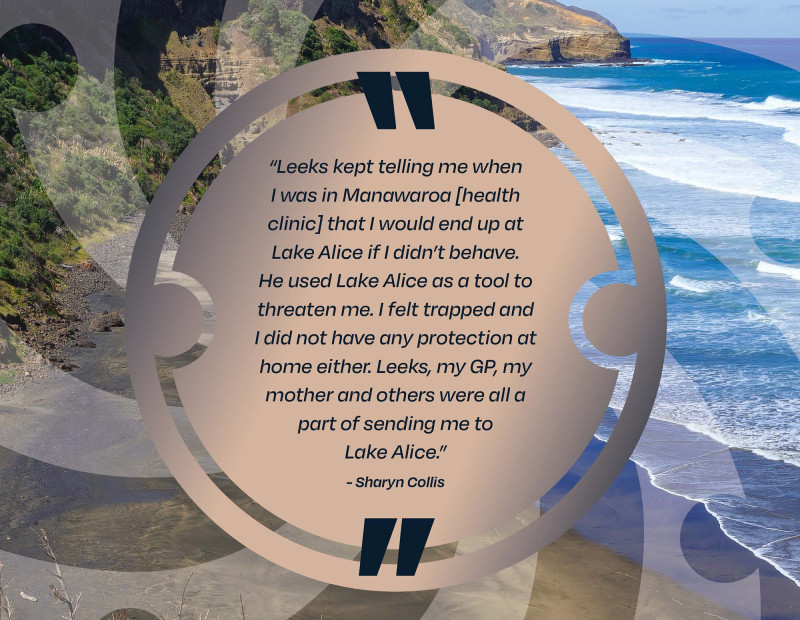1.1.5 Role of the Social welfare system Te wāhi te pūnaha tokoora
36. The child welfare system was another common route into psychiatric care. The Department of Education’s child welfare division managed the child welfare system until 1972, after which the newly established Department of Social Welfare assumed responsibility for it. From the late 1940s to 1972, the number of children and young people placed in State care (meaning the custody of Social Welfare) rose by half, reaching 5,515.[60] The number of children and young people in State care (meaning in the custody of Social Welfare) peaked in 1977 when 7,214 children and young people were made wards of the State.[61]
37. As the number of children and young people entering the State’s care grew, government officials struggled to find places to accommodate them, whether in some form of institution, typically a boys’ or girls’ home, or in a foster home. Between 1948 and 1972, on average between 40 percent and 50 percent of children and young people in State care lived in foster homes.[62] Demand for foster homes grew, stretching available capacity. Even at the peak of institutionalisation in the late 1970s and early 1980s, more than two-thirds of State wards were in foster homes and similar places. [63]
38. To cope with the demand, new residential homes were opened and the number of beds in existing homes were increased. The boys’ homes Hokio Beach School and Kohitere Boys’ Training Centre, both near Levin and not far from Lake Alice, expanded their accommodation in the 1960s.[64] Holdsworth School near Whanganui opened in June 1971.[65] However, these measures had only limited success in accommodating the influx of children and young people. By 1971, the year before Lake Alice’s child and adolescent unit opened, Department of Education Child Welfare Division staff reported State residences were “strained to capacity” and staff “were at their wits’ end” to know where to place new arrivals.[66]
39. Throughout this period, an increasing proportion of State wards were Māori. By 1967, 46 percent were Māori, a vast over-representation given Māori tamariki made up 12 percent of the population aged 0 to 16.[67] This over-representation continued into the 1970s.[68] In the 2021 Waitangi Tribunal Inquiry into Oranga Tamariki, the Crown acknowledged that structural racism existed and continues to exist in the care and protection system and contributes to the disproportionate rates of Māori entering care.[69] The inquiry found the rates were not only due to institutional racism, but were “in part due to the effects of alienation and dispossession” and because the Crown had failed to “honour the guarantee to Māori of the right to cultural continuity embodied in the guarantee of tino rangatiratanga over their kāinga”.[70]
40. Once in State care, children and young people were commonly and repeatedly moved from place to place. Author, Dr Elizabeth Stanley, found children and young people in care “often progressed along a continuum of care placements from foster parents to family homes, church homes, other community placements as well as institutions”.[71] Often, such transfers were used to alleviate overcrowding in a particular home, rather than to meet the genuine needs of the individual being moved.
41. State residences had to accommodate children and young people with diverse, and sometimes conflicting, needs. Many had experienced trauma in previous placements or their family home. Some had mental health conditions or learning disabilities, and this included psychological or emotional difficulties arising from past trauma. Some had suspected or diagnosed psychiatric conditions. Others were simply labelled “disturbed” because staff found their behaviour too challenging to manage.
42. Dr Frazer wrote in 1973, the lack of alternative psychiatric facilities for children in the Wellington region meant its two short-stay residences, Epuni Boys’ Home and Miramar Girls’ Home, became, in effect, “holding area[s] for children who should be dealt with by psychiatric services”.[72] Dr Frazer’s report continued:
“The welfare institutions in the area drain populations much larger than the Wellington province and therefore are liable to collect children from other areas who are basically psychiatric problems for which no facilities exist … Therefore, the welfare institutions in a number of cases are used for children who clearly need to be in a psychiatric unit in this area.”[73]
43. Two years later, Dr Frazer qualified his opinion somewhat when tasked with preparing a report on the necessary developments in child psychiatric practices, particularly in respect of young people in social welfare care.[74] Commenting on the issue of labelling or misdiagnosis of delinquent social welfare children and young people, Dr Frazer said the problem was that there was “no real screening of welfare children to hospital, and, therefore at times cases do not get to hospital that should or cases get admitted that should not”.[75] He said:
“Unselected referrals to psychiatric hospitals give rise to a phenomenon which is repeatedly seen in each welfare area of having children return to welfare care from the psychiatric hospital with unresolved aggressive behaviour patterns and anger at being labelled sick and helpless.” [76]
44. Noting the disagreements about where, by whom and in what form psychiatric services should be provided to children in social welfare care, Dr Frazer observed, “the effectiveness of psychiatric consultative programmes and psychiatric treatment is by no means clear” [77] and “disturbed welfare children should not be treated in psychiatric hospitals except in exceptional circumstances”.[78]
45. Social workers charged with finding placements for these children and young people were faced with few options. A 1977 report by the Council of Social Service found the choice available to Department of Social Welfare field workers consisted simply of whether a place was available, “irrespective of where that place might be”.[79]


